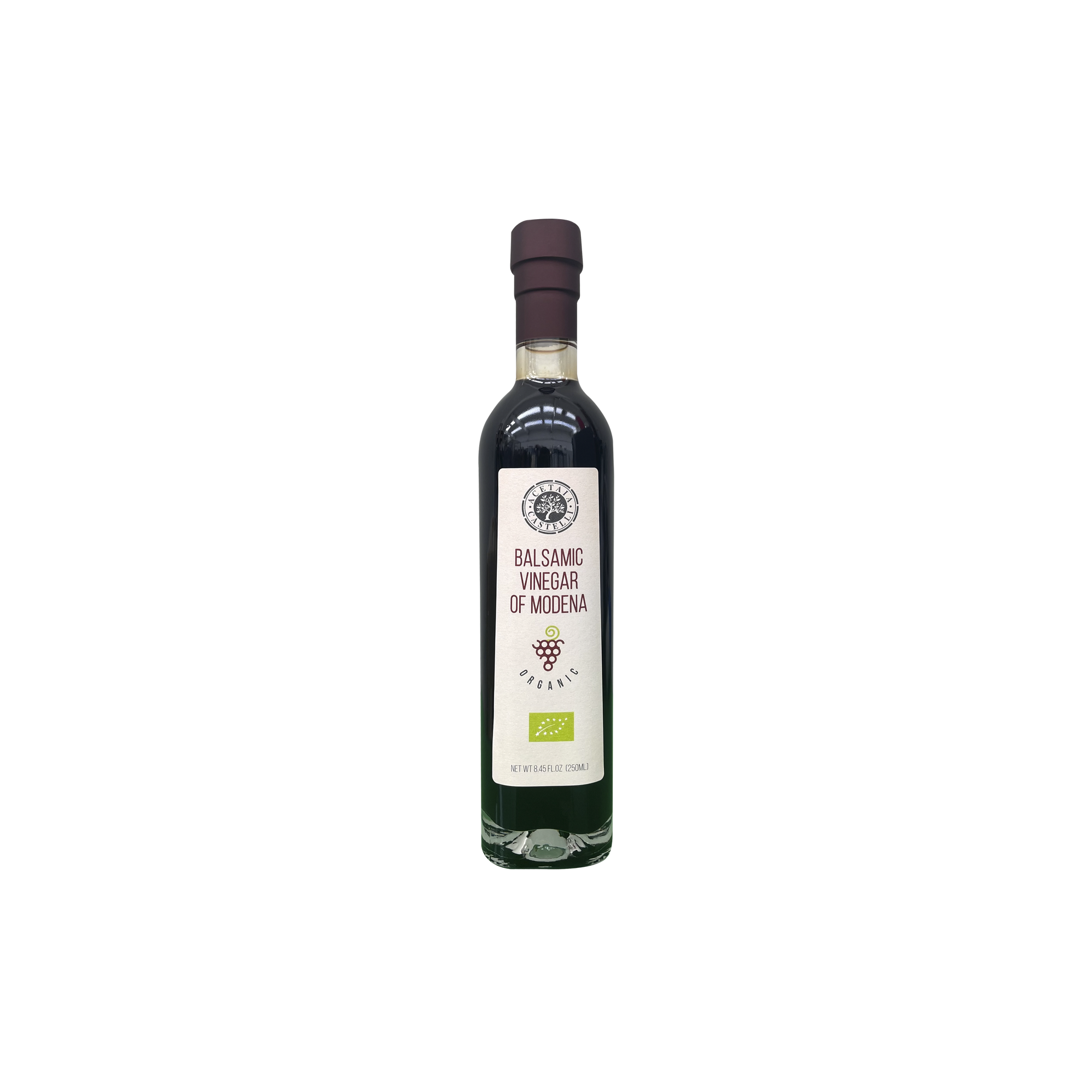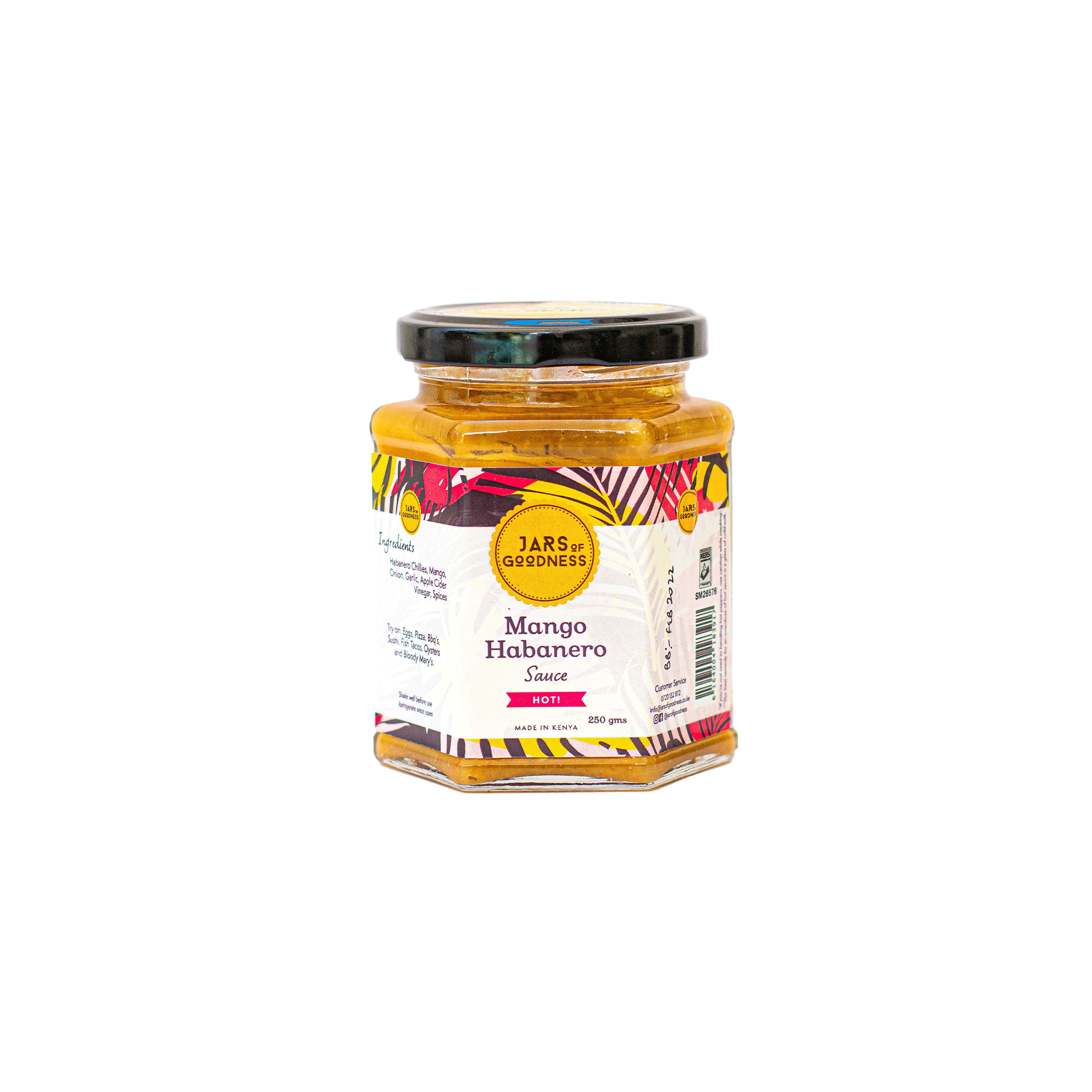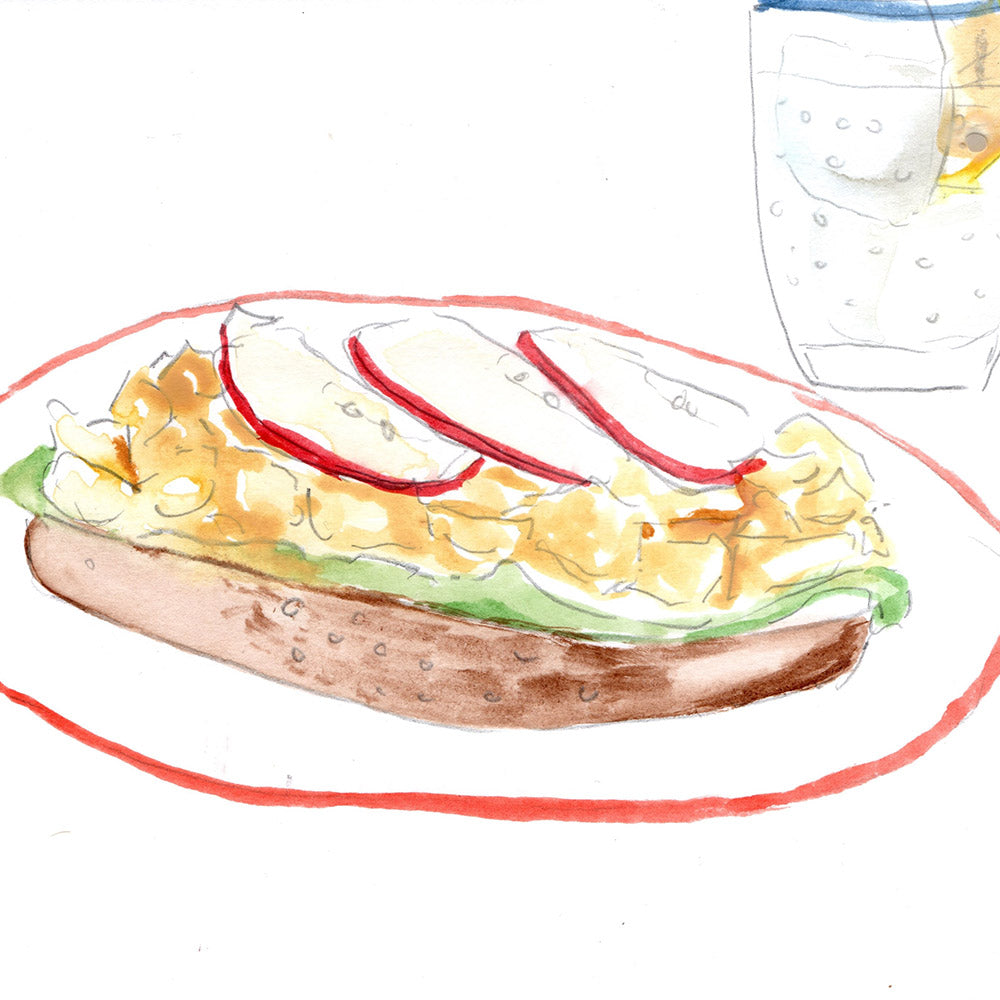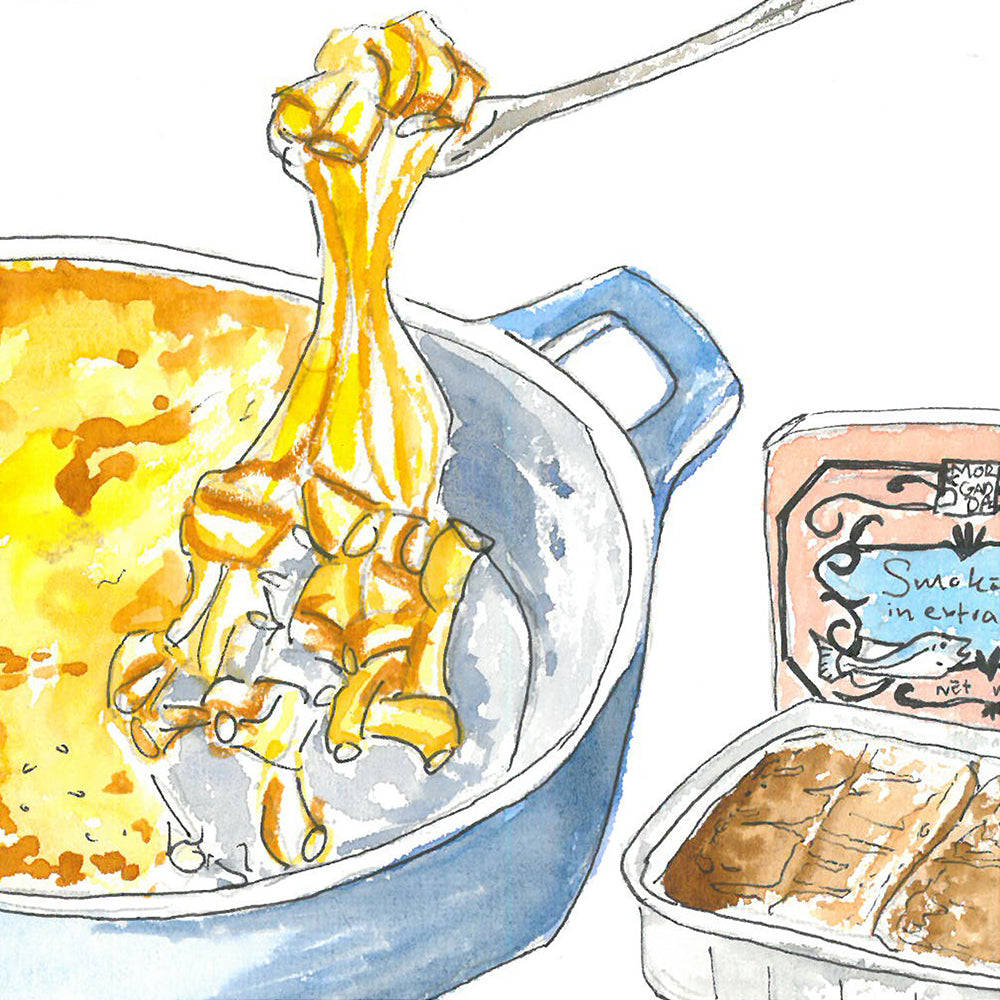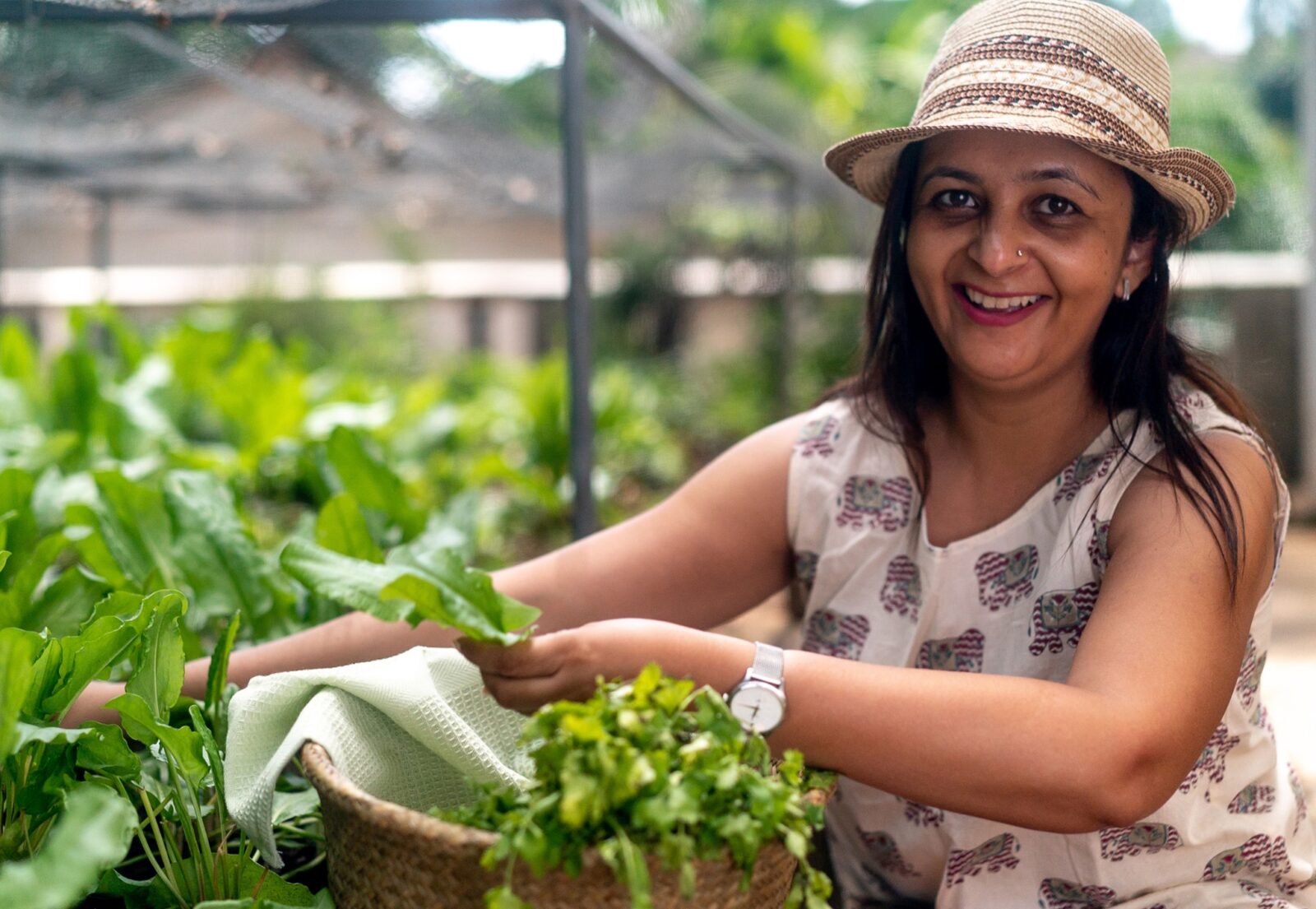The eager yelps of jostling children rang out along the banks of the River Yamuna in Northern India. School had ended and the lethargy of a day’s studies had settled into their bones and - more viscerally - their stomachs. One boy, a precocious and curious child, needed to fill his belly before a rigorous karate class that evening and so he and a handful of other near-rabid kids skirted the river toward the nearby Buddhist monastery to wolf down a bowl of Thukpa.
Thukpa is a noodle soup that traces its origin to the Amdo region in Tibet, which is also the birthplace of the 14th Dalai Lama. The 1960s saw a huge wave of Tibetan refugees - the Dalai Lama included - flee their country to neighboring India after China had invaded. Naturally, this led to an increase in Buddhism within the region but also the introduction and normalisation of a new and minimal gastronomy. By the 1980s, the Tibetan dish Thukpa had become popular amongst youngsters that taught them about a neighboring culture and - among other things - how to use chopsticks.
Decades later, that eager boy no longer needs to fumble his claws around chopsticks, nor must he rely on robed figures to cook Thukpa for him. Nowadays, he returns the favour by cooking his daughters this hearty and warming meal, telling them about his school, the old monastery, his karate class, and this modest meal from a faraway place in a time of strife. All of these memories are tied together under the warm salty aromas of this one hearty dish and shared generously among loved ones at the kitchen table.

